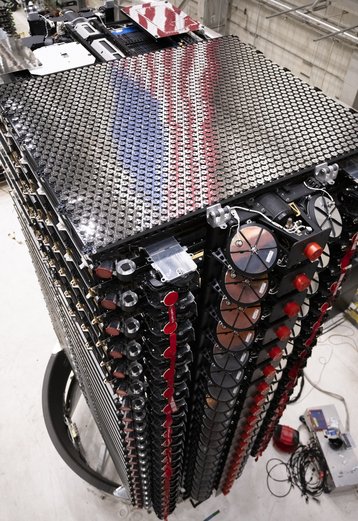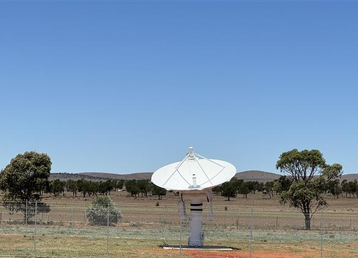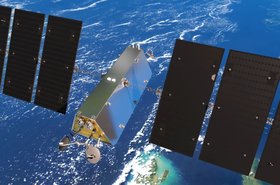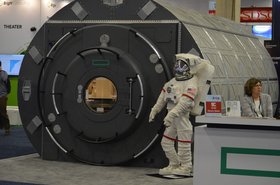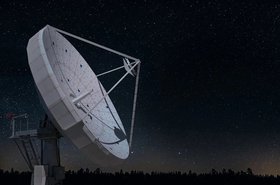SpaceX is to de-orbit 100 of its early Starlink satellites after finding a “common error” that could potentially cause failures.
In a recent update posted to the company site, the company said it will perform controlled descents of approximately 100 early-version 1 Starlink satellites in the coming weeks and months.
“These satellites are currently maneuverable and serving users effectively, but the Starlink team identified a common issue in this small population of satellites that could increase the probability of failure in the future,” the company said. It didn’t disclose the nature of the issue or how many satellites currently have this issue.
SpaceX noted it is in control of the machines and will maintain maneuverability and collision avoidance capabilities during the descent, after which they will burn up in the atmosphere.
“The satellites will follow a safe, circular, and controlled lowering operation that should take approximately six months for most of the vehicles,” SpaceX said. “Controlled, propulsive de-orbit is much shorter and safer than a comparable ballistic de-orbit from an equivalent altitude.”
The company promised to provide regular positioning information “multiple times a day” with other satellite and launch companies.
Due to the atmospheric drag at Low Earth Orbit (LEO) altitudes – 2,000 km (1,200 mi) or less – satellites will naturally de-deorbit after around five years if not properly maintaining their desired orbit. Starlink satellites generally operate below 600 km.
SpaceX said that of the almost 6,000 satellites launched by SpaceX, it has to-date initiated controlled de-orbits on 406. Seventeen of those are currently non-maneuverable and described as passively decaying while “well-tracked”, while the rest are in controlled descent or have already de-orbited.
According to SpaceNews, the oldest Starlink satellites still in orbit are from 2019/2020. The company has said the de-orbiting won’t impact its broadband services.
In other recent satellite news:
- Telstra has begun rolling out the use of OneWeb satellites for remote backhaul in Australia. More than 300 remote mobile base station sites currently using satellite backhaul will be connected to Eutelsat OneWeb’s LEO solution over the next 18 months. It follows a recently conducted successful voice calling trial via satellite from a mobile base station in the Sydney suburb of Oxford Falls.
- KSAT has launched a new ground station site in Peterborough, South Australia.
- IoT satellite firm OQ has signed a contract with the European Space Agency for a feasibility study of direct-to-cell connectivity. The six-month MACSAT 2.0 contract is funded by the Luxembourg government under its LuxImpulse program. It will study upgrades needed to OQ’s technology to enable direct-to-cell capabilities.
- AST SpaceMobile has announced a new contract award from a prime contractor working with the United States Government. This initial firm-fixed-priced contract, for an undisclosed amount, will be supported by the company’s BlueWalker 3 satellite in orbit today, and its next five commercial satellites in the future.
- Space junk tracking startup LeoLabs has raised another $29 million.
- Intelsat has invested an undisclosed amount in satellite IoT firm hiSky. The company provides satellite terminals for IoT use cases, and has launched a Ka- and Ku-Band LEO satellite. Singapore-based ST Engineering’s Corporate Venture Capital and UAE-based SDF (Strategic Development Fund - owned by EDGE Group PJSC) have previously invested in the Israeli firm.
- China Science and Technology Chuangxing has invested in commercial low-orbit satellite constellation operating company Yuanxin Satellite. The funding round was led by China Development Bank Manufacturing Transformation and Upgrading Fund.

